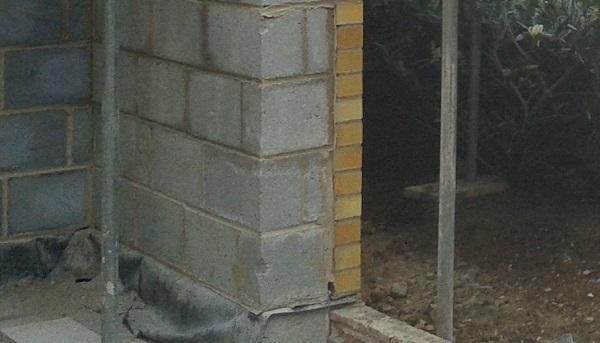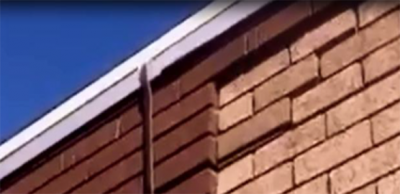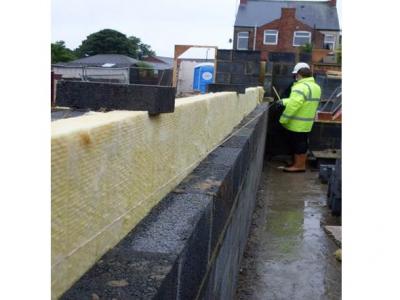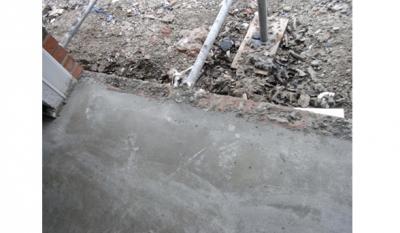Construction fail: See anything wrong with this blockwork wall with damp proof course?

The above photograph was taken by one of our building control surveyors carrying out a site inspection, and shows how attention to detail (or a lack of!) can lead to future problems. This extension will suffer from moisture problems, but there is not one reason why – there are three.
Look closely at the DPC (damp proof course) arrangement
A membrane is built into the wall to be joined to the damp proof membrane in the floor slab at the junction between the wall and floor. As damp proof membranes are generally unsuitable for use as a DPC in loadbearing walls, the contractor has rightly built an additional DPC into the wall to protect the membrane. But the DPC spans the full width of the cavity and so all moisture within the cavity will pond on the DPC. The result? The blockwork above the DPC will become saturated and cause damp problems within the extension, the skirting boards will rot and the mould will occur on the plaster. This could have been avoided by building the membrane on to the inner leaf only and protecting it with a 100mm DPC, or by protecting the wide horizontal DPC with an additional cavity tray over.
Now look at the blockwork in the reveal for the door
The full picture shows that the contractor has built in a vertical DPC where the two wall leaves meet to prevent moisture tracking across. But in our ‘cropped’ part of the picture this is not visible – mortar has been smeared over the joint, making the vertical DPC useless at this junction.
The reveal has no insulation at all
Just solid masonry separated by a vertical DPC. This means that this part of the wall will be colder that the rest of the wall, resulting in condensation forming around this part of the structure – a case of ‘cold bridging’. Judging by the standards of workmanship, it’s quite likely that there is no insulation below the DPC either, meaning the same problems will happen around the skirting too. It’s important to think about cold bridging through any part of the structure but especially where junctions occur.
Further information
Use of an insulated cavity closer would have prevented these last 2 problems. For more information about preventing cold bridges, refer to our Registered Construction Details.
Please Note: Every care was taken to ensure the information was correct at the time of publication. Any written guidance provided does not replace the user’s professional judgement. It is the responsibility of the dutyholder or person carrying out the work to ensure compliance with relevant building regulations or applicable technical standards.
Sign up to the building bulletin newsletter
Over 48,000 construction professionals have already signed up for the LABC Building Bulletin.
Join them and receive useful tips, practical technical information and industry news by email once every 6 weeks.
Subscribe to the Building Bulletin




Comments
Damcor
Submitted 6 years 6 months ago
I assume this product is passed by BCOS?
(No subject)
Submitted 6 years 6 months ago
(No subject)
Submitted 6 years 6 months ago
(No subject)
Submitted 6 years 6 months ago
(No subject)
Submitted 6 years 6 months ago
Webmaster note
Submitted 6 years 6 months ago
DPC nightmare.
Submitted 4 years 9 months ago
Reply
Submitted 4 years 9 months ago
Sorry but to determine cause and solution for this problem requires a site inspection. We do not provide individual personal solutions and must recommend that you engage the services of a surveyor with suitable experience who can visit the site to advice further.
Kind regards
Barry, LABC
Cowboys
Submitted 4 years 8 months ago
dpc
Submitted 4 years 5 months ago
Add new comment